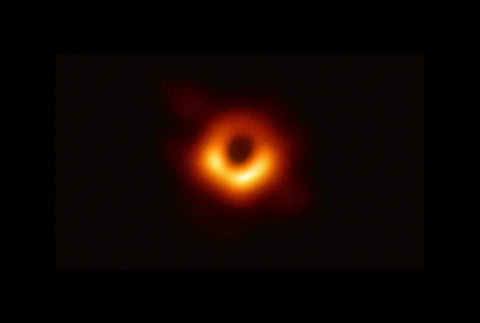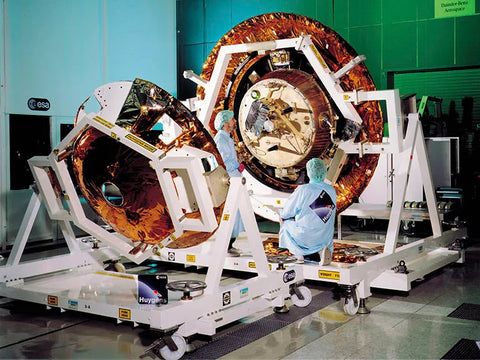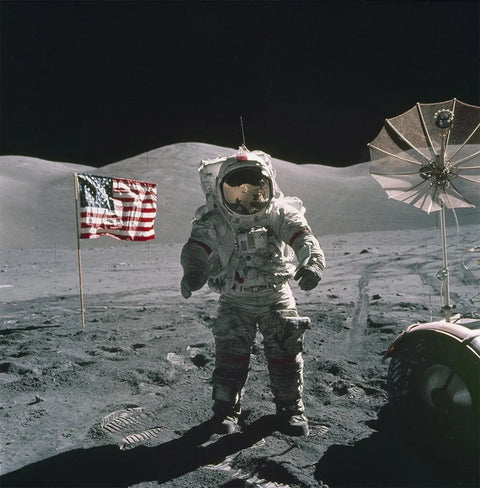Supermassive black holes, enigmatic cosmic giants that reside at the centers of galaxies, have long fascinated astronomers and astrophysicists. These celestial behemoths possess immense gravitational pull, capable of affecting not only nearby stars but even entire galaxies. In this blog post, we delve into the profound impact of supermassive black holes on the stars and planets that dare to venture too close to their gravitational grasp.
The Enigma of Supermassive Black Holes
Cosmic Powerhouses: Supermassive black holes are known to contain millions to billions of times the mass of our sun, packed into an infinitesimal space. Their gravitational pull is unparalleled in the universe.
Galactic Centers: These cosmic giants typically reside at the centers of galaxies, including our own Milky Way, where they play a central role in shaping the galaxy's dynamics.
The Tidal Forces
Tidal Disruption Events: Stars that venture too close to a supermassive black hole can fall victim to the extreme tidal forces. In these events, the immense gravity of the black hole stretches and tears apart the star, releasing a burst of energy observable by telescopes.
Swirling Accretion Disks: Matter torn from disrupted stars forms an accretion disk around the black hole, releasing intense radiation. This process can temporarily outshine entire galaxies.
The Impact on Planets
Orbital Instabilities: Planets orbiting stars in the vicinity of supermassive black holes may experience gravitational disruptions, leading to unstable orbits or even ejection from their star systems.
Tidal Heating: Planets that maintain stable orbits around stars near supermassive black holes may endure tidal heating, causing extreme temperature variations and geological activity.
Star Formation and Galaxy Evolution
Inducing Star Formation: Paradoxically, supermassive black holes can also promote star formation. The energy released during tidal disruption events can trigger the birth of new stars in the surrounding galactic region.
Galactic Feedback: Supermassive black holes play a critical role in the regulation of galactic environments. Their immense energy output, in the form of powerful jets and radiation, can influence the formation and evolution of stars and galaxies.
Supermassive black holes are cosmic marvels with an undeniable impact on the universe around them. Their gravitational forces shape the fates of stars and planets, leading to events of destruction and creation. While the power of supermassive black holes can be destructive, it also fuels the cosmic dance of star formation and galaxy evolution.
As we continue to explore the cosmos and unravel the mysteries of these cosmic giants, we gain a deeper understanding of the intricate interplay between supermassive black holes, stars, planets, and galaxies. It is a reminder of the profound forces at work in our universe, shaping the past, present, and future of the cosmos.






